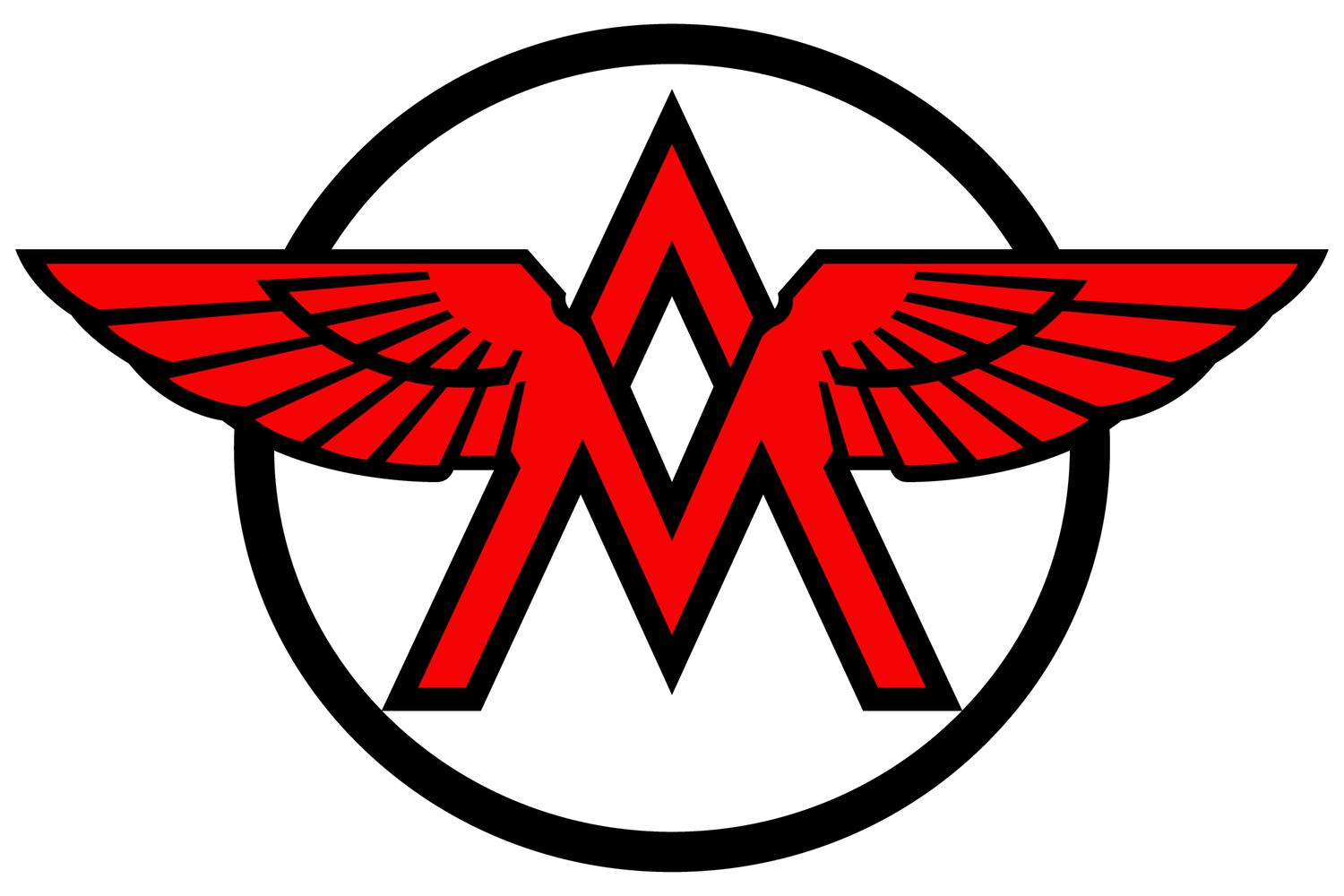Harley-Davidson’s Otto Walker, Carl Lutgens, and Leslie Parkhurst tackling the 24-hour record on the board of the Sheepshead Bay Speedway on July 19th, 1917.
Otto Walker and Leslie Parkhurst, two of history’s most accomplished pioneer motorcycle racers and pillars of Harley-Davidson legendary factory team, the Wrecking Crew, bombing the slant at New York’s Sheepshead Bay Speedway in July, 1917. The two men were on the hunt for speed records, specifically the 500-mile, 1,000-mile, and 24-hour records for solo riders and sidecars as organized by George Wood, the Motor Co.’s distributor in the state. Otto Walker was on hand as he had been working as a foeman in Harley’s Manhattan branch following the leg injury that took him out of the game in 1916. Eager to get back in the saddle but still nursing his injury, Walker signed up to run the sidecar for the 24-hour record attempt, with Carl Lutgens acting as copilot in the hack.
Parkurst, who relationship with Harley-Davidson dated back to 1912, two-years before the manufacturer officially entered the sport with its own factory racing program had been central to establishing the brand’s competition pedigree. Just the season before Parkhurst had dominated a crowded field at Sheepshead Bay onboard one of Bill Ottaway’s early 8-Valve twins to the cheers of the nearly 20,000 in attendance for the Independence Day races. Still, 1917 was different as on April 6 the United States had officially declared war on Germany, marking its official entrance into The Great War and the disruption it posed to American normalcy. The industry was already shifting towards the war effort, with articles in Motorcycle Illustrated writing less about the dwindling number of races and reporting more on recruitment and the large orders for machines being placed by the war department. On the behest of the General Depot of the Quartermaster’s Corps in Chicago, Harley-Davidson and Indian dividing an order of 4,000 3-speed V-twin motorcycles for the war. Each company agreed on a set price of $247 for each machine for a total of $988,000, with Indian taking on responsibility for 2,500, and Harley 1,500. Many of America’s best racers having no sanctioned races in which to compete began enlisting for duty, including Otto Walker making the July races at Sheepshead his final before heading off to basic training.
In front of a dramatically reduced crowd of only 7,500, the July 4th races at Sheepshead Bay were no less a schooling from Harley-Davidson’s Wrecking Crew with both Walker and Parkhurst taking the bulk of the honors. Still, two weeks later the pair stepped back onto the boards of Sheepshead Bay’s massive 2 mile wooden oval to attack the standing long distance records in what would be Walker’s final pre-war race. Slated to begin in the late afternoon, the threat of rain delayed the start until 7 p.m. on the night of July 19th, this photograph was taken shortly after the grind began on the back banking as the men set off. As wide open as they could run their pair of pocket-valve Harley’s without causing undue strain and periodic stops as darkness descended for fuel, oil, and sandwiches it wasn’t until 2:30 in the morning that the 500-mile mark was breached. Leslie Parkhurst marked up his first record, completing the distance in a new record time of 7 hours, 35 minutes and 17 seconds, but then the rain returned.
In his own words, Parkhurst recalled the perilous rain-soaked night at Sheepshead. “One spot to be remembered by many of the old-timers are the boards at Sheepshead Bay, New York. On that track I broke the existing record for the 500-mile, the 1000-mile and the 24-hour solo. Some of the previous records had been hung up by Cannonball Baker. One of the high spots of that event was riding a wet track after a heavy rain. I rode 18 miles in 23 minutes with water standing two inches deep at spots on the boards. It was as slick as glass.” The conditioned worsened enough for Parkhurst to temporarily halt his run, but Otto Walker and Carl Lutgens, aided by the stability of the attached Rogers sidecar and the reserve 5-gallon fuel tank fitted within pushed through the storm. As day broke the men kept up their resolve, lap after lap, chasing down yet another mark in the record books. It was just after 3 p.m. that afternoon that Walker had traveled 1,000 miles when he came in for one last fueling and his Mackinaw jacket and rode the rest of the time without stopping again.
After 24-hours of flat-out running the boards at Sheepshead the men pitted to the relief that they had both set new records for their efforts. Walker and Lutgens had covered 1,158 and 3/4 miles, while Parkhurst had smashed Cannonball baker’s standing record by 66 and 1/2 miles, having covered a total of 1,452 and 3/4 miles. Their accomplishments were widely celebrated in the press, with suppliers from Firestone Tires, Wright spark plugs, Bosch magnetos, and Harley-Davidson all capitalizing on their product’s contributions. Twenty-two year old Leslie Parkhurst, the sorrel topped comet had held his position as the finest motorcycle racers in the world at Sheepshead Bay and would soon return to Milwaukee where he worked as a mechanic but would return to lead the Wrecking Crew in their Golden Era once the sport returned in 1919. For Otto Walker it was one last feather in his cap as he would set off for basic training shortly after the record run and arrive in France as an electrical engineer for the U.S. Army’s aviation division the following May. Still, their record-breaking triumph at Sheepshead Bay stood as both a testament to their grit and skill and a final, thundering salute to an era of American racing soon to be eclipsed by the march of war.

